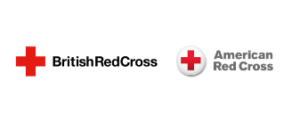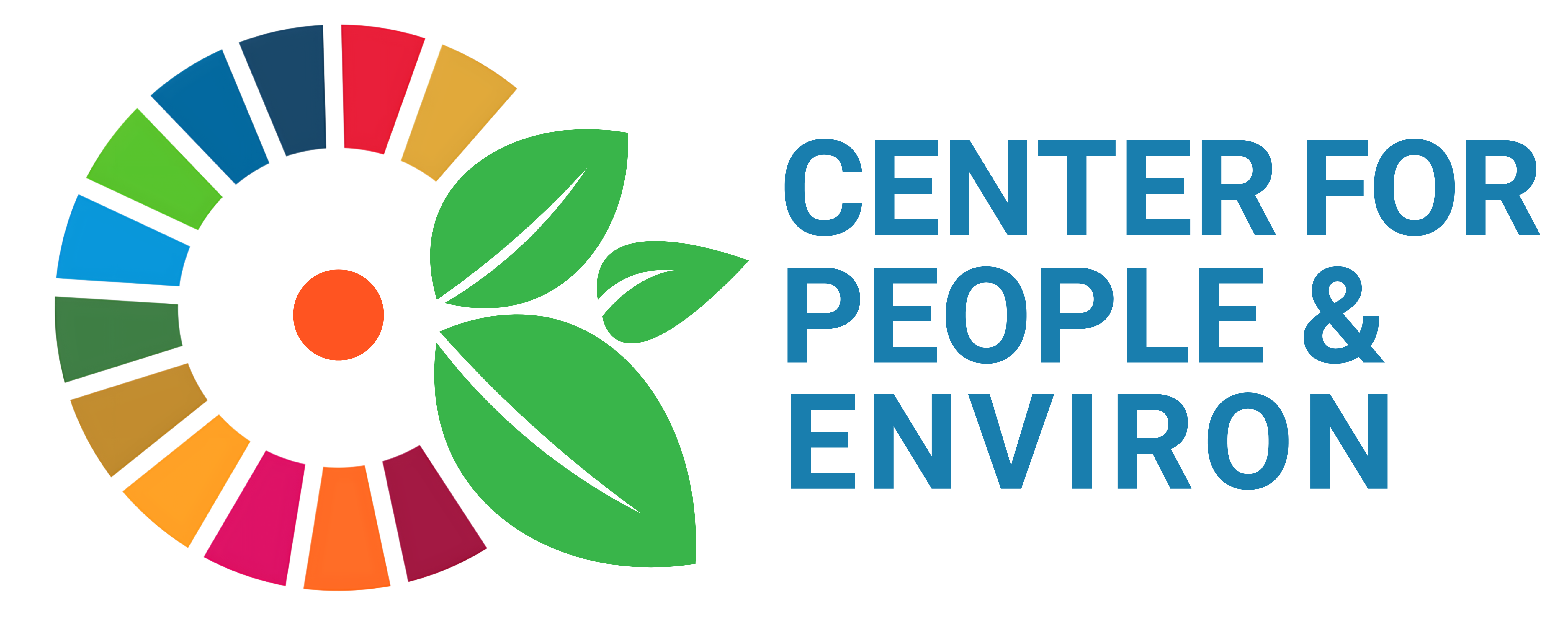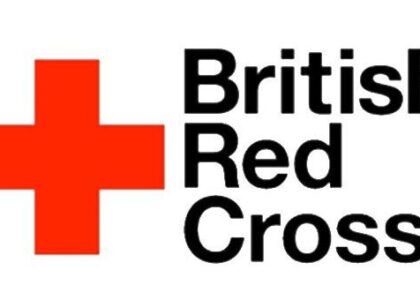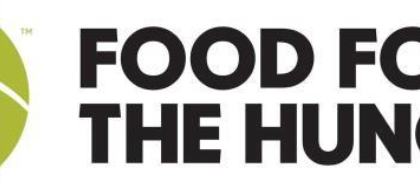Developing City Climate Risk Profiles for Bagerhat and Satkhira municipalities
Objectives of the study
The broad objective of the study is to devleop a comprehensive understanding of the vulnerability of the Satkhira and Bagerhat municipalities and to identify effective adaptation measures that can be implemented to reduce vulnerability and the impact of climate change. The key objectives of this study are:
- To assess the climate risk to identify the likelihood of future climate hazards and their potential impacts on the city systems and communities.
- To priorize the climate action and investment in city adaptation.
- To to develop the climate risk profiles for Bagerhat and Satkhira municipalities to equip the local authorities to maintain a systemic development towards climate resilience in collaboration with the partners.
�
Scope of the study
To identify the overall impacts of climate change in the selected locations, the study will be undertaken within the following scope:
- The study will be conducted to determine the impacts of climate change, high-risk wards, and potential adaptation measures of Satkhira, and Bagerhat Pourashavas.
- The study will evaluate the population’s (including climate-induced migrants and other vulnerable communities) exposure, sensitivity, and capacity for adaptation (past, present, and future context) The study will assess and identify current and potential adaptation options (based on current and future climate projections) for vulnerable communities e.g., slum population/ low-income communities/ climate migrants.
- The study will prioritize adaptation options with strong technical justifications (short-term/ immediate-within 1 year, mid-term-2 to 3 years, long-term ->4-5 years.
- The study will explore eixsting Water Resource Management and Supply Systems, surface and groundwater potentiality, Solid Waste Management System and sustainable solid waste management, Transportation System, fire hazard management, Drainage System, Storm Water Drainage Management System for both municipalities.
- The study will provide analytical benchmark information on the Government’s plans/ programs and their policies concerning climate change adaptation and to what extent they are well aligned with the adaptation needs of the slum communities/ climate displaced population or climate migrants.
- The study will provide an in-depth understanding of the capacity and coordination gaps at the institutional levels/ local authorities for city resilience.
- The study will generate information and provide recommendations through gender and disability-responsive analysis (including sex-disaggregated data for both quantitative and qualitative analysis) and propose solutions that specifically address the needs of women, youth, children, people with disabilities, transgender people, and people from other marginalized communities in the respective locations.
�
Methodology of the study
Collection, review, and analysis of relevant literature related to climate change, disaster, migration, livelihoods, gender, youth, and persons with disability inclusion in selected sites.
Collection, review, and analysis of long-term climate and weather data of key climate parameters and disaster data to show the trends of change and impacts on urban health, WASH, livelihoods, socio-economy, housing and shelter, drainage, food security, and livelihoods;
Review of documents, strategy, policies, etc.
- Participatory research to get actual data, perspectives, and experiential knowledge of the vulnerable households and communities on climate change, hazards and livelihoods, and existing absorptive, adaptive, and transformative capacities through Household Survey (HHS)
- Participatory capacity analysis of individual, household, community, and institutional levels to understand knowledge, practice, and resource to adapt to changing climate, unseen impacts on women, and children of climate-related shocks, existing coping mechanisms, and perceived as positive (contributing to resilience) or harmful in the long term (ex. selling productive assets might be negative) through Focus Group Discussion (FGD) and Key Informant Interview (KII)
- Landscape, land use, and drainage network analysis
- Social Network Analysis and Institutional mapping to understand existing statutory, customary, and non-formal institutional groups and their strengths, weaknesses, and limitations;
Salinity measurement
Waste management system assessment
Multi-hazard risk assessment
Local scenario generation through micro-climate downscaling
Climate displacement hotspot selection
Heatwave Vulnerability Index
Climate-resilient land use, drainage, and storm water drainage modeling
Resilience System Analysis
Funded By







